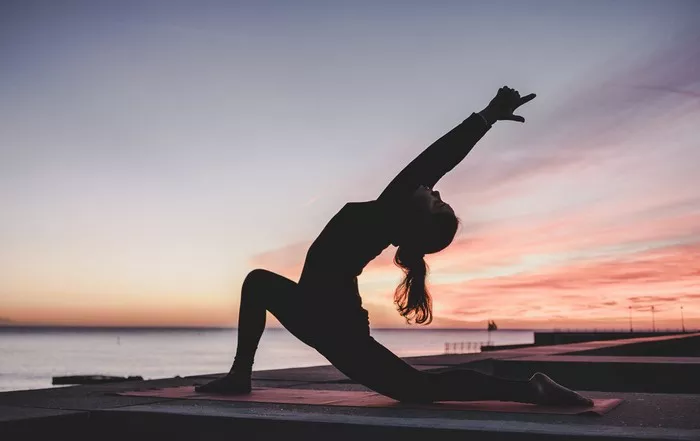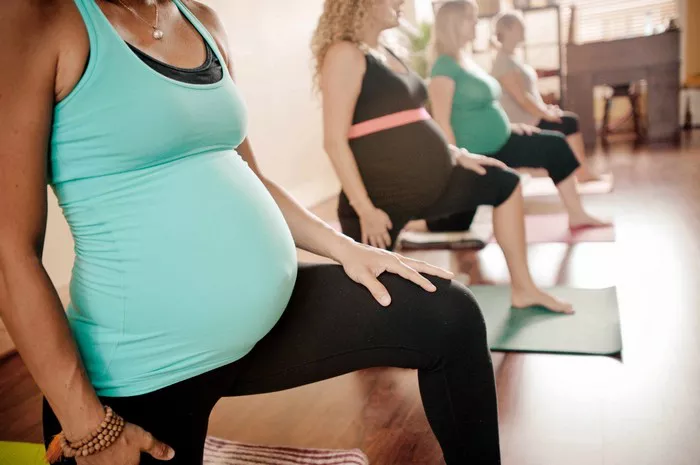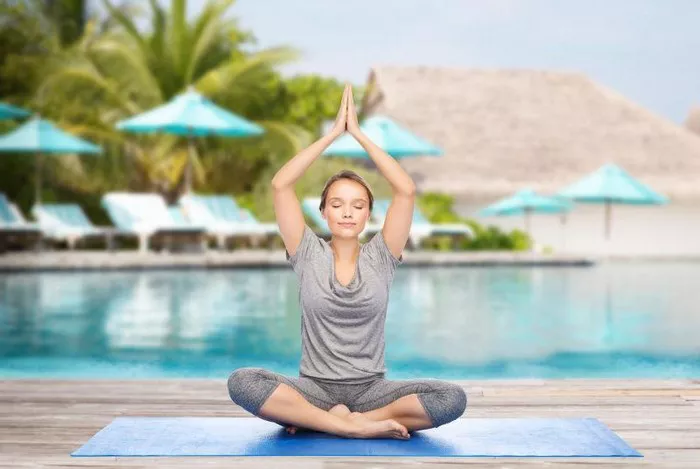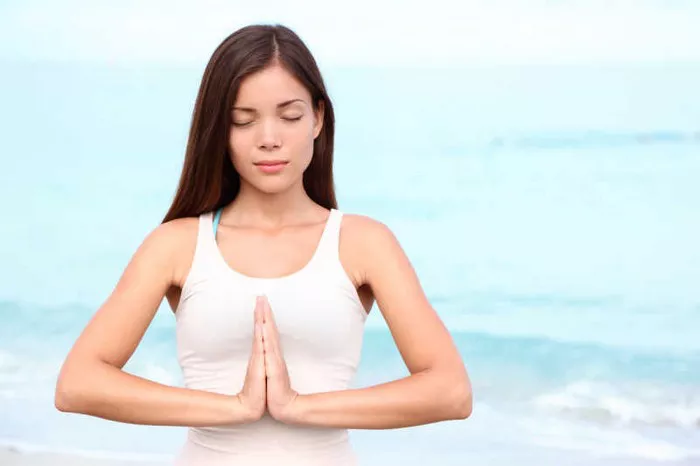The Sphinx Pose, known as Salamba Bhujangasana in Sanskrit, is a popular asana (yoga pose) that primarily focuses on the lower back, spine, and chest. It is a gentle backbend that is commonly used in yoga practices to increase spinal flexibility, open the chest, and relieve tension in the back. While this pose offers a variety of benefits, it may not be accessible or comfortable for everyone due to various reasons such as spinal injuries, back pain, or simply due to individual body constraints. Fortunately, there are several alternative poses that can offer similar benefits while being more suitable for certain body types or conditions.
In this article, we will explore what the Sphinx Pose is, its benefits, and why someone might seek an alternative. We will then delve into several alternative poses that can serve the same therapeutic functions as the Sphinx Pose, helping practitioners strengthen their backs, open their chests, and improve spinal flexibility in different ways.
Understanding the Sphinx Pose
The Sphinx Pose is a backbend that is typically performed while lying on the stomach, with the forearms placed flat on the ground and the elbows aligned directly beneath the shoulders. The palms press gently into the floor as the chest lifts off the ground, creating a gentle curve in the spine. The hips and legs remain grounded, while the chest is lifted, opening the heart area and creating a gentle stretch in the lower back.
This pose is considered a mild version of the Cobra Pose (Bhujangasana) and is often used in beginner-level yoga classes because it is less intense. It is also recommended for people who are new to backbends or have lower back issues, as it can help build spinal strength and flexibility without excessive strain.
Benefits of the Sphinx Pose:
Spinal Health: The Sphinx Pose helps to improve spinal flexibility, which is crucial for maintaining overall back health. By gently stretching the spine, this pose encourages movement in the vertebrae, helping to relieve stiffness and discomfort.
Chest and Heart Opening: This pose stretches the chest and opens up the heart space, which can have both physical and emotional benefits. It may help alleviate tension in the chest and shoulders, often caused by prolonged sitting or poor posture.
Strengthening the Lower Back: The pose engages the muscles of the lower back, specifically the erector spinae, which helps to strengthen the spine and improve posture.
Improving Digestion: The backbend can stimulate the abdominal organs, promoting better digestion and relieving constipation.
Stress Relief: As with many backbends, the Sphinx Pose has a calming effect on the body, reducing stress and tension.
Why Might You Seek an Alternative to the Sphinx Pose?
While the Sphinx Pose offers numerous benefits, it is not suitable for everyone. Here are some common reasons why someone might need an alternative:
Lower Back Pain or Injury: The Sphinx Pose involves a mild backbend, which can sometimes exacerbate lower back pain, especially for those who have existing back issues or injuries. For people with herniated discs, sciatica, or chronic back pain, performing this pose may cause discomfort or strain.
Shoulder or Wrist Issues: The Sphinx Pose requires the arms to support part of the body weight. For individuals with shoulder or wrist pain, the pressure on the joints can be uncomfortable. In some cases, the strain on the shoulders and wrists may lead to further discomfort.
Limited Spinal Flexibility: For individuals with tight or inflexible spines, even a gentle backbend like the Sphinx Pose may feel challenging. This can make it difficult to fully engage in the pose or achieve the desired benefits without strain.
Pregnancy: Pregnant women, especially in their later trimesters, may find that backbends like the Sphinx Pose create unnecessary pressure on the belly or lower back, making it uncomfortable or unsafe.
Beginners: For some yoga beginners, the idea of performing a backbend may feel intimidating. If someone is new to yoga or has a more sedentary lifestyle, attempting the Sphinx Pose might feel like a significant physical challenge.
For those experiencing discomfort or seeking a gentler alternative, there are a variety of poses that can provide similar benefits without the risks or discomfort associated with the Sphinx Pose.
Alternatives to the Sphinx Pose
Child’s Pose (Balasana)
One of the most restorative and accessible alternatives to the Sphinx Pose is Balasana, or Child’s Pose. This pose is typically used to rest and reset during a yoga practice, but it also offers a gentle stretch for the back and the spine. It can help alleviate tension in the lower back and promote relaxation.
How to do Child’s Pose:
- Start by kneeling on the mat with your knees wide apart and your big toes touching.
- Slowly lower your torso down towards the mat, extending your arms out in front of you or placing them by your sides for a more restorative version.
- Rest your forehead on the mat and focus on your breath.
- Hold for 30 seconds to 2 minutes, breathing deeply and allowing your back to gently stretch.
Benefits:
- Releases tension in the spine and lower back
- Provides a gentle stretch for the hips, knees, and ankles
- Calms the nervous system and reduces stress
- Improves flexibility in the spine without the need for a backbend
Cobra Pose (Bhujangasana)
If you want to experience a backbend similar to the Sphinx Pose, but with a bit more intensity, the Cobra Pose (Bhujangasana) is an excellent alternative. Unlike the Sphinx Pose, which has the forearms supporting the body, the Cobra Pose involves lifting the chest entirely off the ground, using the hands for support. This gives a deeper stretch to the chest and spine.
How to do Cobra Pose:
- Lie face down on your mat with your legs extended and your hands placed under your shoulders.
- Press your palms into the mat and gently lift your chest and head off the floor, extending your spine.
- Keep your elbows slightly bent and your shoulders away from your ears.
- Hold for 15-30 seconds, breathing deeply, and then lower your chest back down.
Benefits:
- Strengthens the muscles of the lower back and spine
- Opens the chest and shoulders
- Improves spinal flexibility and posture
- Helps to reduce fatigue and stress
Cat-Cow Pose (Marjaryasana-Bitilasana)
For a dynamic and accessible alternative to the Sphinx Pose, Marjaryasana-Bitilasana (Cat-Cow Pose) is a great option. It is often performed in a flow, moving between the two poses, and helps improve spinal mobility. The movement between arching and rounding the back helps increase flexibility in the spine and relieves tension in the back and shoulders.
How to do Cat-Cow Pose:
- Start in a tabletop position with your hands directly under your shoulders and knees under your hips.
- On an inhale, drop your belly towards the mat, lift your chest and tailbone, and gaze forward (this is the Cow Pose).
- On an exhale, round your spine, tuck your chin towards your chest, and draw your navel towards your spine (this is the Cat Pose).
- Continue flowing between the two for 5-10 rounds, coordinating your breath with the movement.
Benefits:
- Increases spinal flexibility and mobility
- Gently stretches the back, shoulders, and neck
- Improves posture and alignment
- Relieves tension and stress in the back and abdomen
Seated Forward Fold (Paschimottanasana)
For individuals who are looking for a way to release tension in the back without performing a backbend, the Seated Forward Fold (Paschimottanasana) is an excellent alternative. This forward fold stretches the entire back and hamstrings, promoting flexibility and relaxation.
How to do Seated Forward Fold:
- Sit on the floor with your legs extended straight out in front of you.
- Inhale to lengthen your spine, and as you exhale, slowly fold forward from the hips, reaching for your feet or ankles.
- Keep your back as straight as possible, and avoid rounding your spine too much.
- Hold for 30 seconds to 1 minute, breathing deeply.
Benefits:
- Stretches the hamstrings, lower back, and spine
- Calms the nervous system and relieves stress
- Improves flexibility in the back and legs
- Gently opens the hips
Upward Facing Dog (Urdhva Mukha Svanasana)
For those looking for a more active backbend that opens the chest and strengthens the spine, Urdhva Mukha Svanasana (Upward Facing Dog) is a powerful alternative. This pose involves lifting the chest while keeping the legs off the ground, which activates the back and core muscles in a different way compared to the Sphinx Pose.
How to do Upward Facing Dog:
- Begin lying face down on the mat with your hands placed under your shoulders.
- Press into your palms and begin to lift your chest and upper thighs off the mat, straightening your arms as you push your chest forward.
- Keep your legs active, with the tops of your feet pressing into the mat.
- Hold for 15-30 seconds and then lower your chest back down.
Benefits:
- Strengthens the back and core muscles
- Opens the chest and shoulders
- Improves spinal flexibility and posture
- Energizes the body and increases circulation
Conclusion
While the Sphinx Pose offers a variety of benefits, it is not the only way to improve spinal flexibility, strengthen the lower back, and open the chest. For individuals who find the Sphinx Pose uncomfortable or inaccessible, alternatives such as Child’s Pose, Cobra Pose, Cat-Cow, Seated Forward Fold, and Upward Facing Dog can provide similar therapeutic benefits. Each of these poses offers a unique way to stretch, strengthen, and relieve tension in the body, while still targeting the same areas as the Sphinx Pose.
Ultimately, the best alternative depends on your individual body and needs. Yoga is a practice that encourages listening to your body and adapting to its unique requirements. By exploring different poses and finding what works best for you, you can continue to reap the physical and mental benefits of your practice in a way that feels comfortable and sustainable.
Related Topics:





















